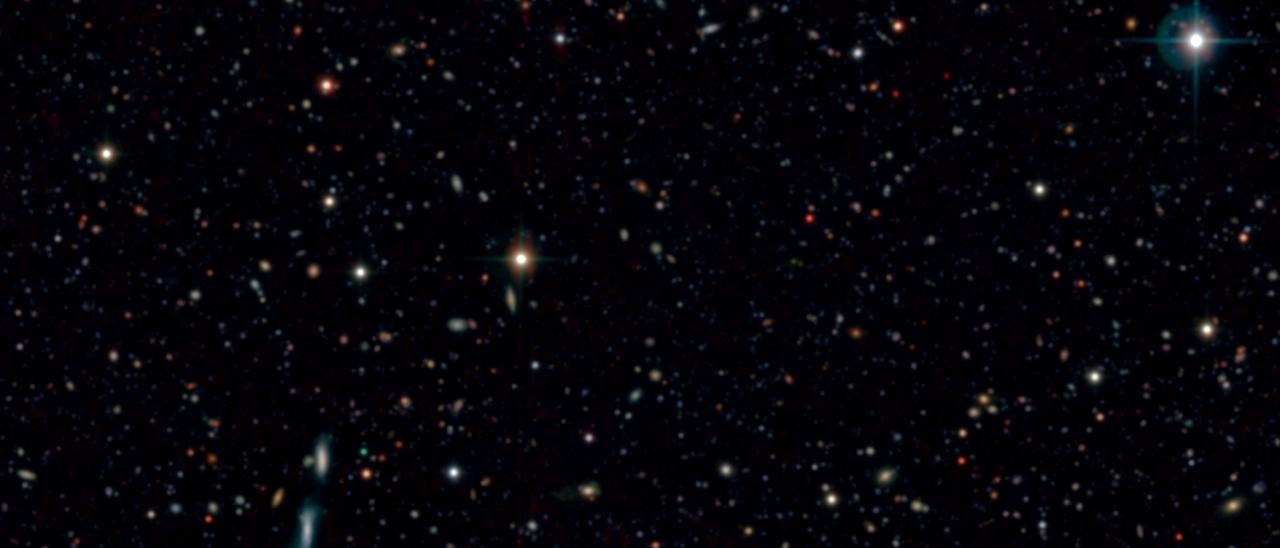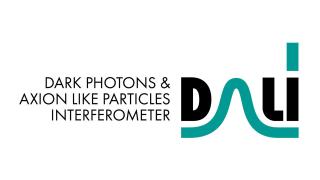General
El estudio de la evolución de las galaxias es un tema crucial de la Astronomía Extragaláctica moderna. Permite vincular las galaxias locales con las primeras que existieron en el universo. Pero para poder abordarlo es preciso obtener censos estadísticamente significativos de galaxias de distintas luminosidades, a distintas distancias. Observacionalmente implica ser capaz de observar objetos muy débiles, utilizando distintas técnicas y a distintas longitudes de onda, desde el dominio centimétrico hasta los rayos-gamma, no solo para estudiar distintos procesos físicos, y determinar las distribuciones espectrales de energía de las galaxias, sino debido al desplazamiento al rojo de las galaxias distantes.
El proyecto que aquí se presenta está encaminado a explotar un conjunto de censos de galaxias multi-rango espectral de las mismas zonas del cielo que, combinados, constituyen la base de datos que llamamos "Evolución". Esta base de datos esta formada por los censos denominados OTELO y GLACE, de galaxias de campo y en cúmulos, respectivamente, obtenidos utilizando los filtros sintonizables ópticos de OSIRIS en el telescopio GTC; el censo Lockman SpReSO obtenido mediante espectroscopía óptica multiobjeto empleando OSIRIS en el GTC; y PEP, consistente en imágenes en el lejano infrarrojo obtenidas con el observatorio espacial Herschel de la ESA. Esta base de datos está enriquecida con datos auxiliares profundos procedentes de otros instrumentos, que abarcan desde las ondas centimétricas (utilizando el VLA) hasta los rayos X (utilizando el satélite XMM de la ESA).
Por tanto, "Evolución" proporciona, para miles de galaxias a desplazamientos al rojo entre 0.4 y 7.0, su morfología y distancias, las luminosidades en líneas de emisión de distintos elementos, y del continuo óptico, infrarrojo cercano y lejano y rayos-X. El censo GLACE, de cúmulos de galaxias, obtenido mediante las mismas técnicas y a las mismas longitudes de onda que OTELO, permite comparar la evolución de las galaxias de campo con las de cúmulo, estudiando, así, la influencia del entorno. En suma, este conjunto de censos, permiten abordar varios aspectos críticos de la evolución de las galaxias tales como la variación de la tasa de formación estelar, la metalicidad, la luminosidad bolométrica, la extinción y la potencia de acreción de núcleos galácticos activos, entre otros temas, en función del tiempo cósmico y de la densidad ambiental. Todo ello incluso para las galaxias más débiles o las más distantes, al límite de las posibilidades de la actual instrumentación astronómica. Asimismo, la combinación de observaciones profundas a distintas longitudes de onda permitirá arrojar luz sobre las relaciones entre la confusa fauna de objetos observada a altos desplazamientos al rojo, y que nuestro grado de desconocimiento solo permite clasificar, hasta ahora, por la manera cómo se han detectado.



